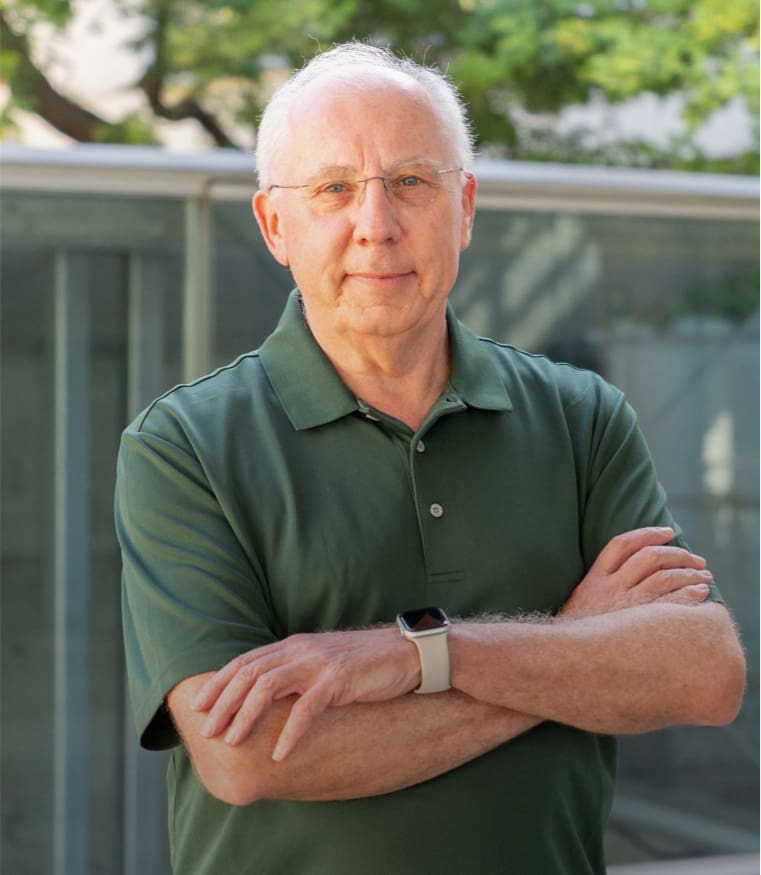Supramolecular Catalysis
Supramolecular asymmetric catalysis is reviewed in this chapter. Mainly, two ways of creating catalytic systems and ligands by supramolecular forces are distinguished: the use of metal complexes and the use of hydrogen bonding. The reversible interactions that are operative in these systems can provide self-assembled bidentate ligands that coordinate to a catalytically active metal or generate additional binding contacts between the substrate and the catalyst, giving rise to faster or more selective catalysis. Complicated catalyst systems can be achieved by relatively simple synthesis and, often, large libraries of new ligands are obtained easily. We also report the use of supramolecular interactions for the construction of nanoscale reaction vessels and their application in promoting selective asymmetric reactions. Finally, we describe particular examples and recent applications of synthetic hybrids between biomacromolecules and organometallic catalysts for asymmetric processes.

P. Ballester, P. W. N. M. van Leeuwen, A. Vidal-Ferran
BOOK CHAPTER
Comprehensive Inorganic Chemistry II: From Elements to Applications, Ed. Elsevier 2013, 6, 457-486, (ISBN: 978-0-08-096529-1)
DOI:
Go to the journal
Associated ICIQ research group/s:
-
RESEARCH GROUP/S
Prof. Pau Ballester
-
RESEARCH GROUP/S
Prof. Anton Vidal

Let's create a brighter future
Join our team to work with renowned researchers, tackle groundbreaking
projects and contribute to meaningful scientific advancements




















